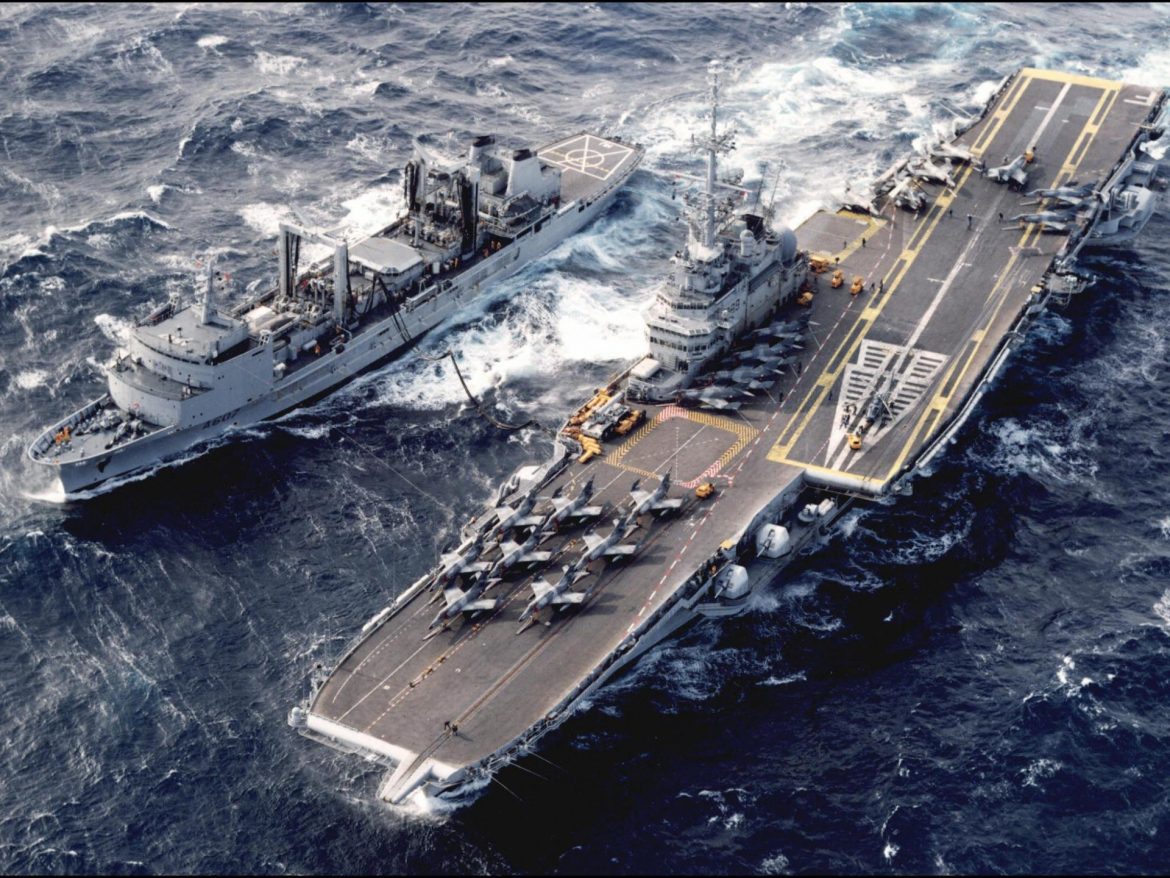Amidst concerns by environmental groups in the country, Brazil has sunk a decommissioned aircraft carrier that was believed to be packed with toxic materials in the Atlantic Ocean.
A statement released by the Brazilian Navy showed that the controlled sinking of the ship occurred late in the afternoon of Friday, at about 350 km (220 miles) off the Brazilian coast in the Atlantic Ocean and in an area that is approximately 5,000 meters [16,000 feet] deep.
Brazil’s decision to sink the six-decade-old aircraft carrier came after Brazilian authorities had tried in vain to find a port willing to welcome the vessel.
Environmentalists have condemned the decision, arguing the warship contained tonnes of asbestos, heavy metals and other toxic materials that could leach into the water and pollute the marine food chain, but Brazil’s defence officials maintained that they would sink the vessel in the “safest area”.
Read also: NSW residents get $250 to compare energy providers in pre-election announcement
President Luiz Inacio Lula da Silva has been urged by the Basel Action Network to immediately halt the “dangerous” plan to scuttle the ship as he himself has pledged to reverse surging environmental destruction under far-right ex-President Jair Bolsonaro when he took office last week.
A coalition of environmental, labour and human rights organisations under the aegis of the NGO Shipbreaking Platform labelled the sinking as potentially a “state-sponsored environmental crime”.
Recall that last year, Brazil almost dismantled the ship for scrap metal in 2022 when it authorised Turkish firm Sok Denizcilik to carry out the task but was blocked by Turkish environmental authorities.
Brazil’s defence ministry said in a statement last week that the dismantling plan for the ship “represented an unprecedented attempt” by Brazil to safely dispose of the ship through “environmentally sound recycling”.
According to the defence ministry statement, the area selected for the sinking was identified by the Navy’s Hydrography Centre, which considered it the “safest” location as it was outside Brazil’s exclusive economic zone, environmental protection areas, free from documented submarine cable and was at a depth greater than 3,000 metres (9,840ft).
“In view of the facts presented and the increasing risk involved in towing, due to the deterioration of the hull’s buoyancy conditions and the inevitability of spontaneous/uncontrolled sinking, it is not possible to adopt any other course of action other than jettisoning the hull, through of the planned and controlled sinking,” the ministry said.
Story was adapted from Aljazeera.
